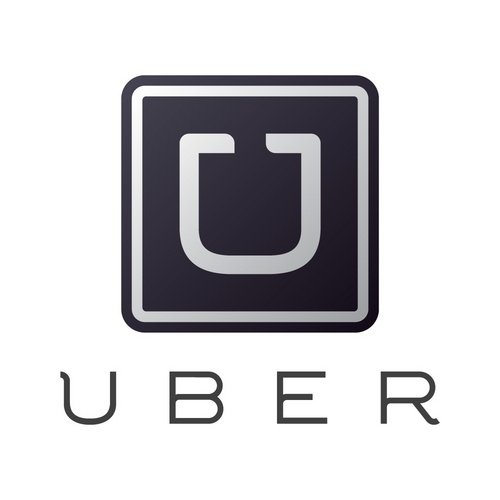
Between one and two out of five Uber trips have no viable public transport alternative. The share of travelers that choose Uber rather than public transport decreases as travel time competitiveness of public transport increases. Those are two findings in a new working paper on ride hailing services, that is based on comparing Uber and public transport data from six cities in the US and Europe. Scientists of TU Delft have analyzed 3,5 million records of Uber trips and concluded that Uber services are used in both competing and complementary circumstances.
Some claim ride-hailing is among the important facilitators of a car-independent lifestyle and hence benefits public transport, while opponents argue that ride-hailing primarily cannibalizes public transport services’, says lead author Oded Cats, Associate Professor at the Department of Transport & Planning at TU Delft and co-director of the Smart Public Transport Lab.
Click here for the complete press release
Cats and his colleagues have used Uber trip data in six cities in the US and Europe over the period of a month in 2018 to identify the most attractive public transport alternative for each individual Uber ride. They then compare the two options for three cities in the US (New York, Washington and Houston) and three in Europe (Amsterdam, Warsaw and Stockholm). For this comparison, the researchers excluded shared rides such as UberPOOL.
Alternatives
‘A major conclusion is that between 1 out of 5 (in the case of Amsterdam) and 2 out of 5 (Houston) of Uber trips in these cities have no viable public transport alternative’, Cats continues. ‘We also show that for most trips shorter travel times are observed on Uber trips than on their fastest public transport counterpart. For 13 – 36 percent of Uber trips, the travel time associated with ride-hailing is more than twice as fast.’
Notwithstanding, across the six studied cities, for between 9 percent (Houston) to 15 percent (Amsterdam) of the Uber rides one could actually find a shorter public transport ride. In addition, while offering cheaper fares than conventional taxis, in general, Uber is much more expensive than public transport. These findings highlight that Uber services are used in both competing and complementary circumstances.
Negative correlation
Cats highlights that ‘This goes to show that people choose between different travel modes based on more factors than just travel time and cost’. However, all observations in our sample are cases where individuals did opt for the ride-hailing alternative. This can be explained by ride-hailing customers attaching value to factors which are not considered in this study, such as comfort (not having to walk, not having to transfer), ease-of-use, safety and reliability. Having an additional travel alternative has therefore provided added value for these users.’
The research team also combined Uber and public transport demand data in Washington D.C (based on smart card data from the local public transport authority, WMATA) to better understand how this affects the demand for the two modes. They found a strong negative correlation between the travel time competitiveness of public transport and Uber demand share. As expected, Uber demand share reduces in areas and time periods where public transport travel times are more competitive.
In general, ride hail services improve service accessibility across the entire city by offering an additional mobility alternative. The biggest increase in service accessibility is in areas which are not well served by urban rail.
Click for the complete paper here.
Read also: Mobility app Turnn aims to keep the world accessible – starting with Brainport Eindhoven
Selected for you!
Innovation Origins is the European platform for innovation news. In addition to the many reports from our own editors in 15 European countries, we select the most important press releases from reliable sources. This way you can stay up to date on what is happening in the world of innovation. Are you or do you know an organization that should not be missing from our list of selected sources? Then report to our editorial team.
